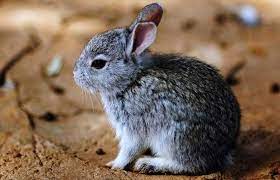In a world where stress and anxiety seem to be constant companions, an unexpected source of comfort has emerged – cuddling animals. The simple act of wrapping your arms around a furry friend can do wonders for your mental and emotional well-being. Beyond the undeniable cuteness factor, there’s a fascinating realm of science that explores the profound effects of human-animal cuddling.
Table of Contents
This article delves into the captivating world of cuddling animals, shedding light on the physiological and psychological benefits it offers. From the release of “feel-good” hormones like oxytocin to the reduction of stress-related markers, such as cortisol, the connections forged between humans and their animal companions have far-reaching impacts.
Join us as we uncover the heartwarming stories of therapy animals transforming lives, the cross-species language of touch, and the intricate tapestry of the human-animal bond. Whether it’s a warm hug from a loyal dog or a gentle snuggle with a purring cat, the magic of cuddling reminds us that sometimes the best medicine comes with a wagging tail or a contented purr.
List of Cuddling Animals
Dogs
Cats
Rabbits
Guinea Pigs
Parrots
Sloths
Pot-Bellied Pigs
Fancy Rats
Horses
Cockatoos
Sugar Gliders
Skunks
Leopard Gecko
Cockatiel
Ball Python
Ferrets
Chinchilla
The Universal Appeal of Cuddling with Animals:
Cuddling with animals holds a timeless and universal appeal that transcends cultural and societal boundaries. It’s a practice that resonates with people across the world, regardless of their background or beliefs. This universal allure is rooted in our innate human desire for connection, comfort, and companionship.
The act of cuddling provides a unique and profound way to satisfy these needs by forging deep bonds with the animal kingdom. Whether it’s a cozy snuggle with a dog, a gentle embrace with a cat, or even the warm companionship of a rabbit, the experience of cuddling offers a shared language of affection that resonates on a primal level.
Dogs:

Dogs, often referred to as “man’s best friend,” are renowned for their unwavering loyalty and affectionate nature. Cuddling with dogs not only strengthens the bond between humans and these four-legged companions but also offers a multitude of therapeutic benefits. The rhythmic rise and fall of a dog’s chest as they snuggle close can evoke a sense of calm and security, reducing stress and anxiety.
The release of oxytocin during cuddling sessions with dogs fosters a deep emotional connection, while the companionship they provide can alleviate feelings of loneliness. Whether it’s a playful pup or a serene senior, the act of cuddling with dogs is a heartwarming exchange of love and comfort.
Cats:

Cats, with their graceful demeanor and enigmatic personalities, are masters of the art of cuddling. The soothing purr of a contented cat is often accompanied by gentle kneading, creating a tranquil atmosphere that can put both human and feline at ease. Cuddling with cats can trigger the release of oxytocin, promoting feelings of attachment and relaxation. It’s a symbiotic relationship where the tactile sensation of stroking their fur can lower blood pressure and reduce stress for humans, while physical closeness fosters a sense of security and warmth for cats. The act of cuddling with cats transcends words, forming an unspoken language of affection and understanding.
Rabbits:
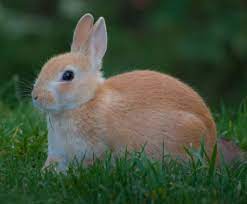
Rabbits, with their soft fur and endearing personalities, offer a unique and delightful cuddling experience. While they may be initially cautious, many rabbits enjoy gentle cuddles once trust is established. The bond formed during cuddling sessions can be profound, with rabbits often showing their contentment through relaxed body language and even tooth purring.
Cuddling with rabbits requires a delicate touch, as their bodies are fragile, but the tactile connection can be incredibly rewarding. For both humans and rabbits, these moments of closeness promote emotional well-being and enhance the human-animal bond.
Guinea Pigs:

Guinea pigs, or cavies, are beloved for their gentle nature and distinctive vocalizations. Cuddling with these small rodents can create a heartwarming connection that brings joy to both parties involved. The rhythmic sound of their purring, known as “rumbling,” often accompanies cuddling sessions. These social creatures enjoy the companionship of humans and thrive on gentle touch and interaction. Cuddling with guinea pigs offers a soothing experience that can lower stress levels and provide comfort.
Parrots:

Parrots, known for their vibrant plumage and remarkable ability to mimic human speech, bring a unique dimension to cuddling. While not all parrot species enjoy physical affection, many form strong bonds with their human caregivers. Cuddling with parrots often involves gentle head scratches, preening, and even beak nuzzles. These interactions promote trust and deepen the human-bird connection. Parrots are highly social creatures, and cuddling can enhance their emotional well-being while fostering a sense of companionship for humans.
Sloths:
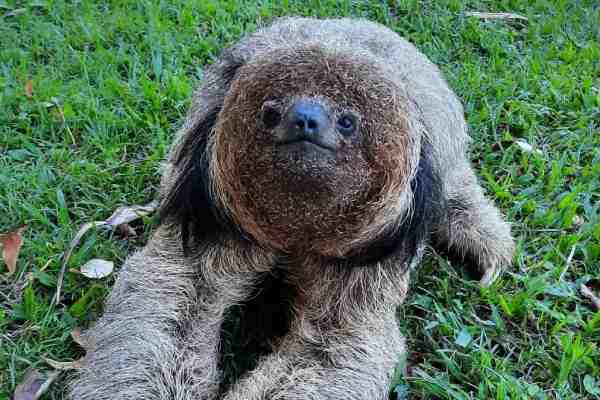
Sloths, with their slow and deliberate movements, are unexpected but delightful candidates for cuddling. Found in the tropical rainforests of Central and South America, these creatures have a calm and gentle demeanor that invites human interaction. While they may not be traditional cuddlers in the sense of physical closeness, the act of holding or being near a sloth can evoke a sense of wonder and tranquility. Cuddling with sloths offers a chance to connect with a unique and fascinating species while experiencing the benefits of shared moments of serenity.
Pot-Bellied Pigs:

Pot-bellied pigs, with their endearing snouts and sociable personalities, offer a cuddling experience that combines the charm of farm animals with the companionship of pets. These intelligent animals enjoy human interaction and often relish cuddling sessions. Their warmth and gentle nature create a sense of comfort during cuddling, and their distinctive grunts and squeals express contentment. Cuddling with pot-bellied pigs can deepen the bond between humans and these unique animals, providing a shared experience of affection and joy.
Fancy Rats:

Fancy rats, domesticated versions of wild rats, make surprisingly affectionate and interactive companions. These small rodents are social creatures that form strong bonds with their human caregivers. Cuddling with fancy rats often involves gentle handling, allowing them to explore and interact with their environment. Their inquisitive nature and playful behavior create a delightful cuddling experience that fosters a sense of connection and shared exploration.
Horses:
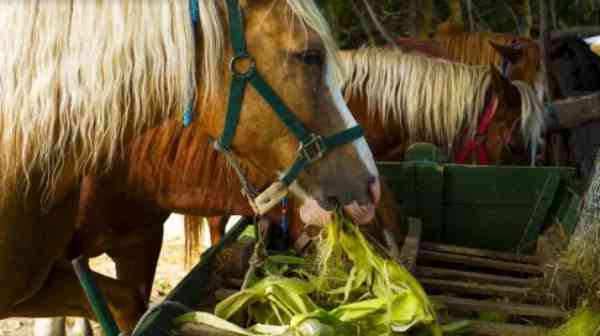
Horses, majestic and powerful creatures, offer a unique and enriching cuddling experience. While their large size might seem intimidating, horses are known for their gentle and sensitive nature. Cuddling with horses involves building trust through grooming, stroking, and simply being in their presence. The rhythmic movement of a horse’s breathing during close contact can induce a sense of relaxation and connection. These interactions promote a deeper understanding of equine behavior and communication, fostering a bond that extends beyond words.
Cockatoos:

Cockatoos, with their striking crests and vibrant personalities, are renowned for their emotional intelligence and strong social bonds. Cuddling with cockatoos often involves gentle head scratches, preening, and physical closeness. These interactions enhance the emotional well-being of both humans and birds, fostering a sense of trust and companionship. The act of cuddling with cockatoos deepens the connection between species, providing an avenue for shared moments of affection and understanding.
Sugar Gliders:

Sugar gliders, small marsupials native to Australia, are known for their playful nature and ability to glide through the air. Cuddling with sugar gliders involves wearing a specially designed pouch, allowing these creatures to snuggle close to their human caregivers. The close physical contact mimics the pouch experience they have with their mothers in the wild, promoting feelings of security and warmth. Cuddling with sugar gliders offers a unique and delightful way to experience their inquisitive behavior and create a strong bond of trust.
Skunks:
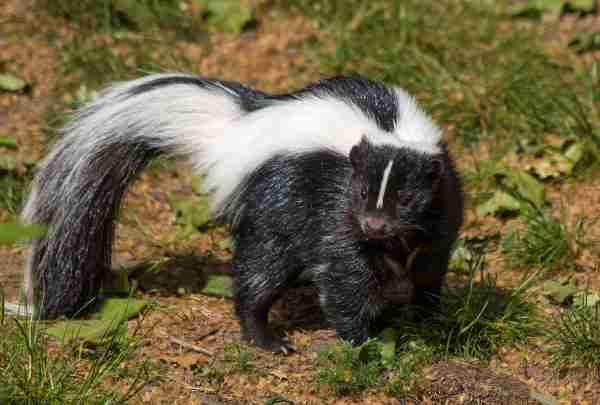
Skunks, often misunderstood due to their defensive odor, can form close bonds with humans when raised in captivity. Cuddling with skunks involves patient socialization and building trust over time. These creatures are naturally curious and enjoy exploring their environment with their human companions. Cuddling sessions with skunks offer a chance to challenge stereotypes and connect with a unique and affectionate animal that thrives on companionship and interaction.
Leopard Gecko:

Leopard geckos, small reptiles known for their striking appearance and ease of care, can become accustomed to gentle handling and interaction. Cuddling with leopard geckos often involves letting them crawl on your hand or arm, creating a sense of closeness and trust. These creatures have a calm demeanor and tolerate human interaction well, making them an ideal choice for those seeking a unique and low-maintenance cuddling experience.
Cockatiel:

Cockatiels, beloved for their charming personalities and distinctive crests, offer a delightful cuddling experience for bird enthusiasts. These small parrots thrive on companionship and interaction, often forming strong bonds with their human caregivers. Cuddling with cockatiels involves gentle head scratches, preening, and close physical contact. Their affectionate behavior and cheerful chirping create a warm and joyful atmosphere during cuddling sessions, fostering a strong bond between species.
Ball Python:

Ball pythons, with their striking patterns and calm temperament, are popular reptile companions that can also offer unique cuddling experiences. These non-aggressive snakes are known for their gentle nature and adapt well to handling. Cuddling with ball pythons involves allowing them to wrap around your arm or shoulders, creating a sense of connection through gentle touch. The weight and movement of the snake can evoke a feeling of tranquility and closeness, fostering a unique bond that challenges misconceptions about reptiles.
Ferrets:

Ferrets, playful and curious mustelids, form strong bonds with their human caregivers and enjoy interactive play and cuddling. Cuddling with ferrets often involves letting them snuggle close, either in your arms or under a blanket, creating a warm and cozy experience. Their energetic and inquisitive behavior can transition into contented snuggles, promoting a sense of trust and connection. Cuddling with ferrets not only provides physical warmth but also fosters emotional closeness through shared moments of playfulness and relaxation.
Chinchilla:
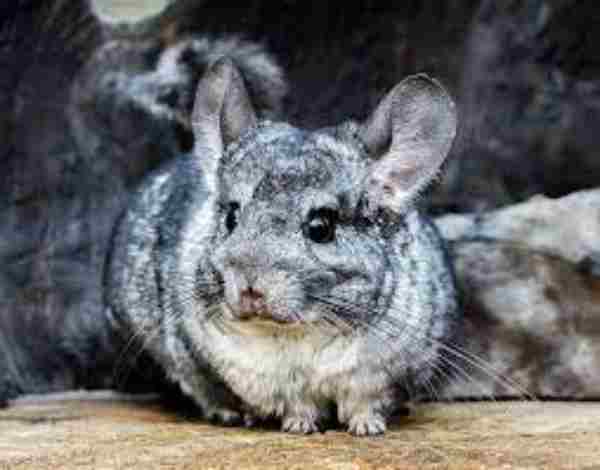
Chinchillas, known for their soft fur and lively personalities, offer a unique and rewarding cuddling experience. These small rodents are sensitive and thrive on gentle handling and interaction. Cuddling with chinchillas involves allowing them to nestle in your hands or rest on your shoulder, creating a bond through tactile sensations. Their soft fur and playful behavior create a joyful and soothing atmosphere during cuddling sessions, enhancing the connection between humans and chinchillas.
Benefits of Human-Animal Bonding through Cuddling:
The human-animal bond is a remarkable and intricate relationship that extends far beyond the surface. Cuddling with animals isn’t just a source of immediate joy; it’s a dynamic interaction that holds a myriad of physical, emotional, and psychological benefits. Scientific studies have highlighted the release of oxytocin, a hormone associated with bonding and affection, during moments of cuddling.
This not only strengthens the bond between humans and animals but also promotes feelings of happiness and relaxation. Moreover, the rhythmic and gentle touch involved in cuddling has been shown to lower heart rate and blood pressure, contributing to overall cardiovascular health. Psychologically, the act of cuddling nurtures empathy, reduces stress and anxiety, and even aids in combating feelings of loneliness.
The Science of Cuddling: Health and Psychological Benefits:
Diving deeper into the science of cuddling reveals a fascinating array of health and psychological benefits. The physical touch between humans and animals stimulates the production of endorphins and serotonin, often referred to as “feel-good” neurotransmitters. These compounds not only elevate mood but also strengthen the immune system, making individuals more resilient to illnesses.
The psychological benefits are equally noteworthy – cuddling animals can lead to reduced symptoms of depression, increased self-esteem, and enhanced emotional stability. Additionally, the tactile sensation of cuddling triggers the parasympathetic nervous system, inducing a state of relaxation that counters the effects of chronic stress.
Responsible Cuddling Practices:
While cuddling with animals is undeniably rewarding, it comes with a responsibility to ensure the well-being of both humans and animals involved. Understanding the individual needs, preferences, and boundaries of animals is paramount. Respecting their signals and consent is crucial to maintaining a positive and enjoyable experience. Moreover, providing a safe and comfortable environment that minimizes stress is essential for fostering trust and a strong bond during cuddling sessions.
Cuddling Safety Tips:
Prioritizing safety when cuddling with animals is paramount. Maintaining proper hygiene by washing hands before and after cuddling sessions is a simple yet effective measure to prevent the spread of germs. Additionally, being mindful of allergies, especially in cases of potential allergens like fur or dander, is important for all parties involved. Gentle handling, avoiding sensitive areas, and recognizing signs of discomfort in animals are all part of ensuring a safe and enjoyable cuddling experience.
Personal Stories and Experiences:
The beauty of cuddling with animals is often best captured through personal stories and experiences. Heartwarming anecdotes of individuals finding solace in the arms of animals during difficult times highlight the therapeutic and transformative power of such connections. From therapy animals aiding in emotional healing to rescued pets returning the affection they receive, these narratives underscore the depth of emotional understanding that exists between species.
Final Words:
Cuddling with animals is a practice that goes beyond a simple physical act; it’s a profound manifestation of the universal yearning for connection, comfort, and emotional well-being. The benefits extend from the physiological, with the release of bonding hormones and stress reduction, to the psychological, fostering empathy and combating feelings of isolation.
As we engage in responsible cuddling practices, respecting the boundaries and preferences of animals, we further nurture these invaluable relationships. Through shared experiences and individual stories, the significance of cuddling with animals becomes clear – it’s a remarkable journey of mutual enrichment that transcends words and cultures, reminding us of the enduring bond between humans and the animal kingdom.
Reference:
- https://www.indiatodayne.in/visualstories/webstories/animals-that-love-to-cuddle-50861-21-07-2023
- https://www.huffingtonpost.co.uk/entry/animals-hugging-animals-is-sure-to-melt-your-heart_uk_56e2ce27e4b05c52666e9ae7
- https://www.pinterest.com/sendmedaisies/animals-cuddling/
A motivated philosophy graduate and student of wildlife conservation with a deep interest in human-wildlife relationships, including wildlife communication, environmental education, and conservation anthropology. Offers strong interpersonal, research, writing, and creativity skills.

